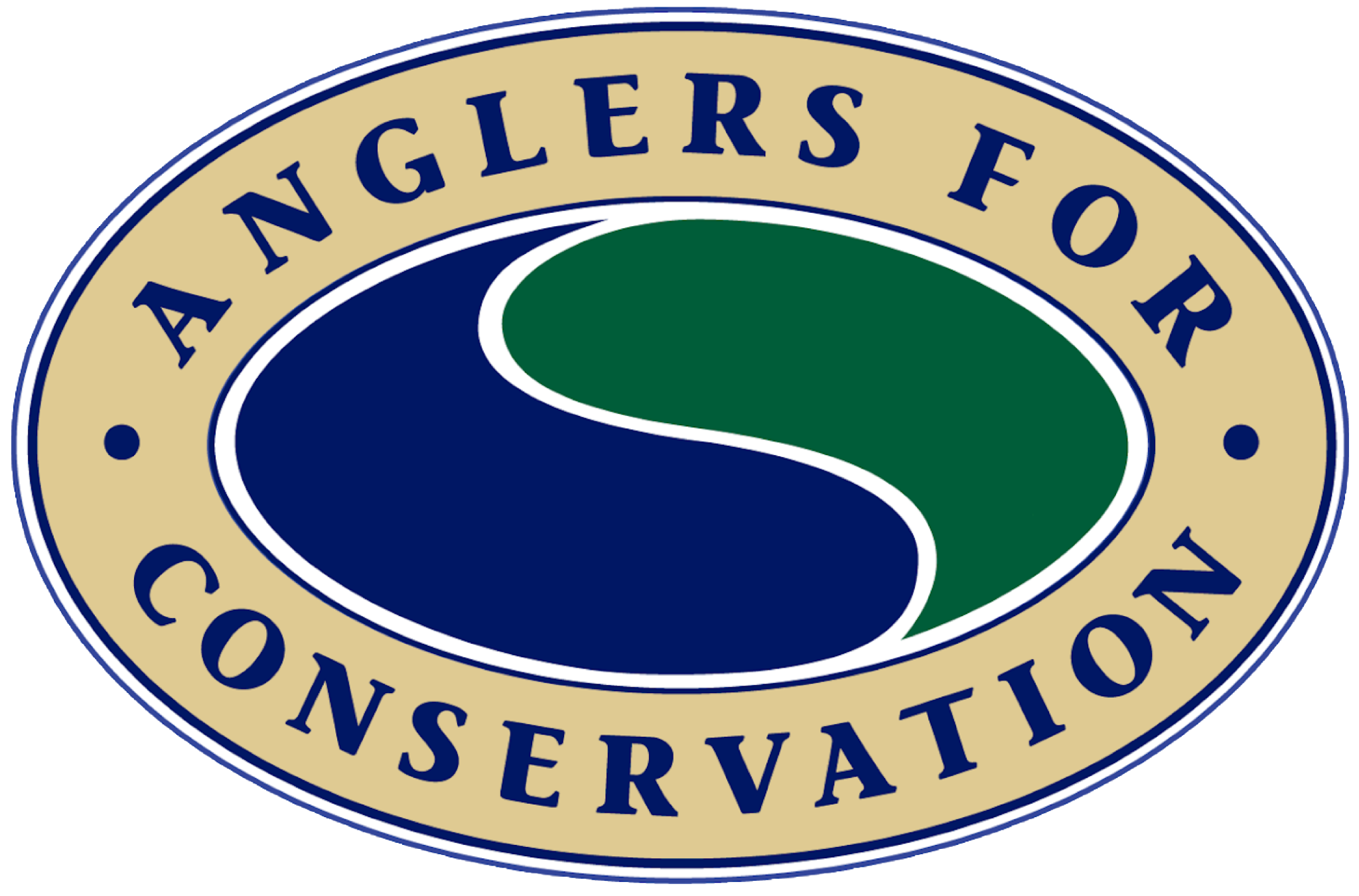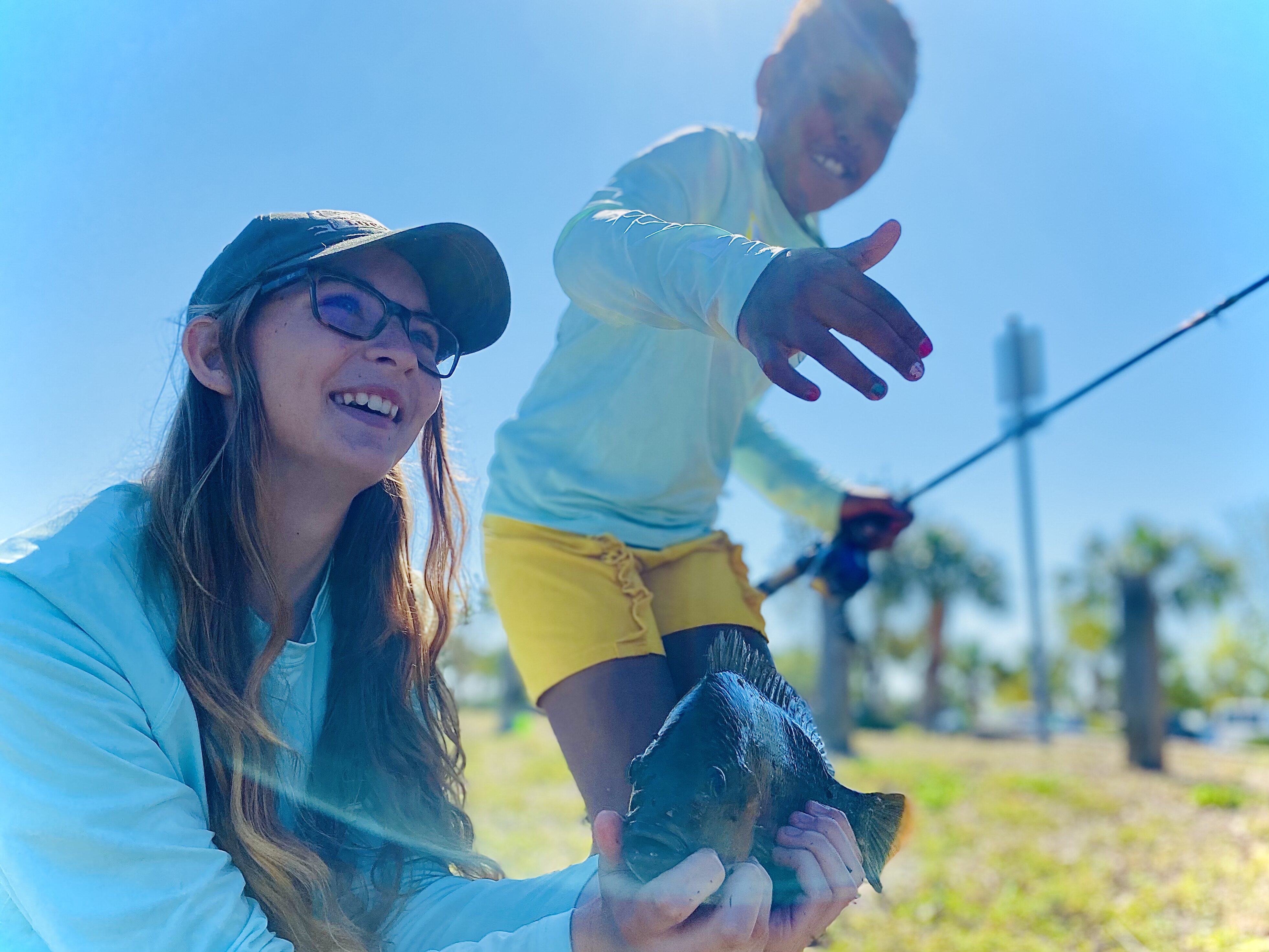In 2011, it became blatantly clear to many of us who had centered our lives around the Indian River Lagoon that our nation’s greatest estuary was clearly in a steep decline. The Lagoon’s critical habitat, seagrass, was dying off at an alarming rate; the political game of finger pointing had begun and it was obvious the Lagoon was in jeopardy of dying a death of a thousands cuts.
At that time I initiated a conversation with the highly esteemed marine scientist, Dr. Grant Gilmore. I went to Dr. Gilmore, Senior Scientist at Vero Beach’s Estuarine, Coastal and Ocean Science, Inc., because of his knowledge of the Indian River Lagoon; and his reputation of being an expert in Lagoon’s seagrass fish ecology.
There really isn’t a such thing as a short conversation with Dr. Gilmore when it comes to the health of the Lagoon, and thankfully after we talked for over ninety minutes he agreed to write down a few of his thoughts on the subject of the Lagoon’s decline. I share Dr. Gilmore’s words with you below; I believe we can all learn a lesson from him.
“I began my research in the Indian River Lagoon in November 1971 over 40 years ago. A team of scientists worked with and around me (at least 70) at Harbor Branch & Smithsonian Institution, during the 1970s and early 80s that put this estuary on the map as the most diverse in the United States and thus qualified to meet a National Estuary Program standard. It was their hard work, and that of Diane Barille and her colleagues on the political side, that demonstrated the biological value of the Indian River Lagoon and its unique status in the United States, much less Florida. The Indian River Lagoon contained the most diverse aquatic biological communities in the United States. No other estuary could come close in biodiversity,until now. We may now be headed for the lowest biodiversity of any estuary in the United States.
“My colleagues and I also noted how vulnerable the Lagoon was as all of us had experience in other estuaries around the world. We were very concerned that the enclosed nature of the Lagoon could mean increased nutrient loading or other contamination would negatively impact the water column and potentially damage one of the most important and biologically diverse Lagoon habitats, the seagrass meadows.
“We centered much of our research around the study of seagrass. One of our scientists, Nat Eiseman, even discovered a new species and named it after the founder of Harbor Branch, “Johnson’s seagrass”, Halophyla johnsoni. I and my colleagues discovered new species of fish, the latest being described from Sewell’s Point last year. No other estuary in the United States was giving us so many new plant and animal species! Unfortunately the research direction of Harbor Branch changed radically in 1985 and most of the Lagoon oriented research programs were eliminated. As a consequence, the new Lagoon programs started by the state (FWC/FIM, SJRWMD/IRLP, SFWMD), and those of concerned citizens (Marine Resources Council) had to take the lead in continuously monitoring the Lagoon.
“Now the dreaded catastrophy, predicted years ago, to be the Achilles heal of the Indian River Lagoon, has come to pass. There has been a major seagrass loss throughout much of the Lagoon. This has major economic, biological and esthetic impacts that should wake the remainder of the state and, hopefully, our complacent politicians up. This is not the time to lower Florida water quality standards. It is time to increase our standards and enforce them or lose all our aquatic resources that made Florida so special. Who wants to come to Florida if the coastal ecosystems are dead. We have one estuary dying right before our eyes, the Indian River Lagoon system (includes Mosquito Lagoon and the Banana River Lagoon). If we put the Indian River Lagoon on the Florida west coast it would stretch from Naples to Clearwater. What if all those estuaries died? Where would the economy of Florida be and on who’s watch did all this occur?”
Not much has changed since Dr. Gilmore wrote these words. Yes the politicians are paying a little more attention to the Lagoon’s decline, claiming, “We’ll fix it!”
But until all the people who live within this Lagoon’s giant watershed realize the impact of their choices ( overusing fertilizers, insecticides and herbicides) on this estuary’s health, and our government grows a backbone and starts mandating and enforcing stronger water quality regulations, we may not see any significant health improvements in the Lagoon.
~ Rodney Smith

